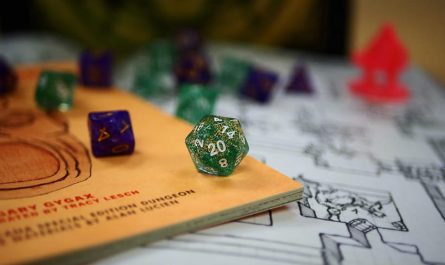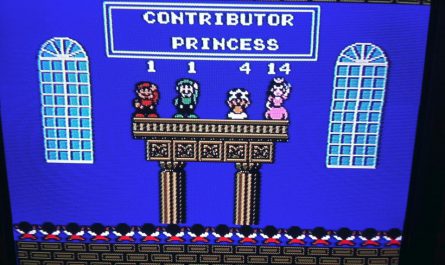The Sega Game Gear was an 8-bit handheld gaming console that was a part of the fourth generation of gaming. Originally released in Japan on October 6, 1990, the system would make its way to North America just six months later, in an attempt to compete with Nintendo and their ever popular handheld system, the Game Boy. Here are five facts about Sega Game Gear, Sega’s first attempt to take over the handheld gaming market.
5 Pocket-Sized Sega Game Gear Facts
- The Game Gear was actually a region-free system. (source) This was rare, especially back then in the world of gaming. By being a region-free handheld system, Game Gear owners could play games from any region in the world without running into locking issues. Years later with the Sega Dreamcast, owners would need to purchase a boot disc that would allow games to be played from other regions.
- It was the only handheld gaming system to have an add-on TV-Tuner. (source) The TV-Tuner accessory for the Game Gear actually allowed players to watch television on their handheld system. It would plug into the system’s cartridge slot, and had mono A/V input. This meant that you actually could turn the Game Gear into a 1990s-spec television that you could use a VCR, camcorder, or another gaming console with.
- Originally, the system was going to be named “Project Mercury.” (source) Sega definitely liked putting planet code names on their systems at one point or another. In 1995, the company released the commercial failure known as the Sega Saturn, and at one point, Sega was even working on a Genesis/32X hybrid that would be named the Sega Neptune.
- The Sega Game Gear sold 11 million units worldwide, which was 53 million less than the Nintendo Game Boy. (source) Despite having a much bigger screen, a full color palette in comparison to the Game Boy’s green-colored screen, the Game Boy far outsold Sega’s handheld console that hit the market in 1990. In fact, the Sega Game Gear is the 6th worst-selling handheld system of all-time, and the worst-selling handheld console ever was another Sega model — the Sega Nomad, which only sold 1 million units.
- The Game Gear’s battery life and game library both paled in comparison to the Nintendo Game Boy. (source) Due to Sega rushing to release the Game Gear in 1990 (as Nintendo’s Game Boy had already been in the American market for a year), the system only released with six titles: Castle of Illusion Starring Mickey Mouse, Columns, G-Loc, Psychic World, Revenge of Drancon and Super Monaco GP. Ultimately, the Game Gear would have less than 400 titles in total, whereas Nintendo’s Game Boy had over 1,000 games. Also, while the Game Boy could last for around 15 hours on 4 AA batteries, the Game Gear would consume six of them for only three to five hours of gameplay.
Despite the superior features that the Sega Game Gear had to the main competition, the Nintendo Game Boy, Nintendo’s handheld giant far outsold Sega’s. Do you have any fun Sega Game Gear facts that you can share?
Featured image photo credit: Muband, 2004. Originally found on Wikimedia. Image was resized and cropped. Creative Commons 3.0.




